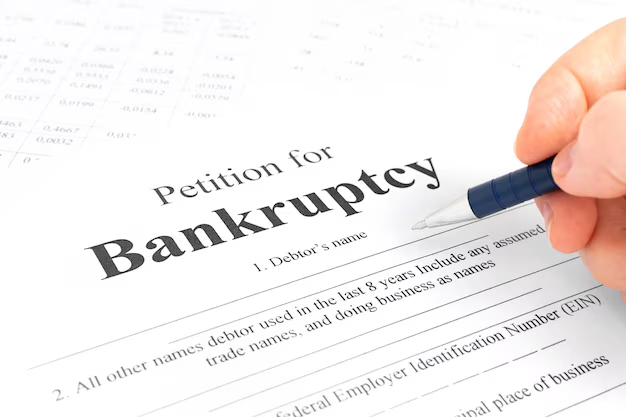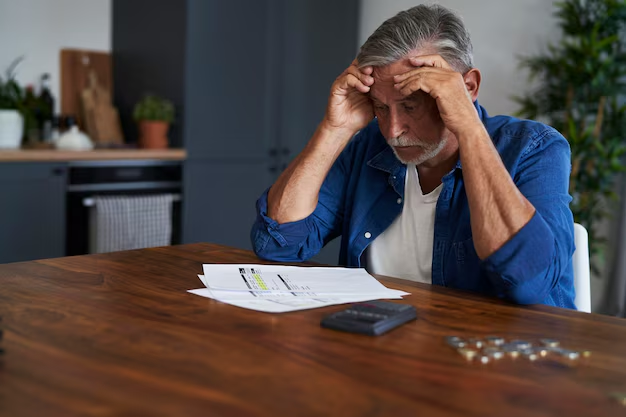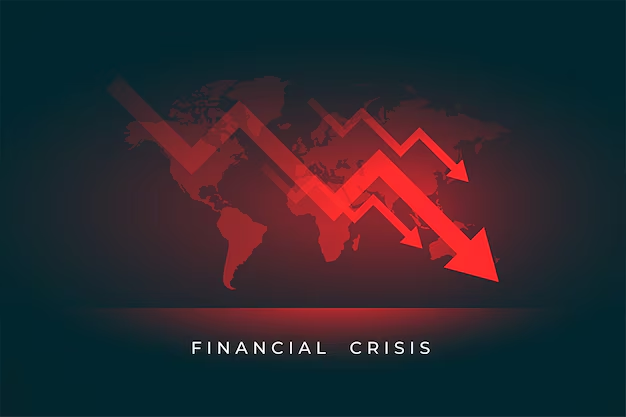Financial struggles can hit anyone at any time. Whether it’s due to job loss, medical emergencies, overwhelming debt, or even an unexpected life event, the stress of mounting bills and creditors knocking at your door can feel insurmountable. In such circumstances, bankruptcy protection offers a way out, allowing individuals and businesses to reorganize their finances, discharge debts, and ultimately start fresh. This article explores how bankruptcy protection works and how it can provide much-needed relief during times of financial distress.
Understanding Bankruptcy Protection
Bankruptcy protection is a legal process that helps individuals or businesses who cannot repay their outstanding debts find relief. The process is designed to provide a fresh start by either eliminating certain debts or allowing for the restructuring of existing ones. It’s a legal right under the U.S. Bankruptcy Code, designed to protect debtors from aggressive creditors while giving them the opportunity to repay what they can afford.
When a person or a company files for bankruptcy, they are granted certain protections from creditors. This prevents creditors from continuing to pursue collection efforts, such as lawsuits, wage garnishments, or foreclosure actions. In return, the individual or company must work with the bankruptcy court to develop a repayment plan or comply with debt discharge procedures, depending on the type of bankruptcy they file for.
Types of Bankruptcy Protection
There are different types of bankruptcy protection available, each tailored to specific financial situations. The most common forms are Chapter 7, Chapter 13, and Chapter 11 bankruptcy.
- Chapter 7 Bankruptcy: This is the most common form of bankruptcy for individuals. It’s often referred to as “liquidation bankruptcy” because it involves the sale of non-exempt assets to pay off creditors. Any remaining eligible debts are typically discharged (eliminated). This allows the debtor to make a fresh financial start. However, not all debts are dischargeable under Chapter 7, including child support, alimony, and certain tax debts.
- Chapter 13 Bankruptcy: Chapter 13 is often referred to as “reorganization” bankruptcy. It allows individuals with regular income to create a three to five-year repayment plan to repay all or part of their debt. Unlike Chapter 7, Chapter 13 enables the debtor to keep their property, such as their home, and repay creditors according to a structured plan approved by the court. At the end of the plan, any remaining qualifying debts may be discharged.
- Chapter 11 Bankruptcy: While typically used by businesses, individuals with substantial debt may also file for Chapter 11. This type of bankruptcy allows for the restructuring of debt while the debtor continues to operate their business or maintain their financial livelihood. This process is more complex and expensive but can allow the debtor to negotiate more favorable repayment terms and even continue their operations while repaying creditors.

How Bankruptcy Protection Helps You Overcome Financial Struggles
Bankruptcy protection serves as a vital tool in helping people and businesses navigate through financial turmoil. Here are several ways in which bankruptcy protection can help individuals overcome financial struggles:
1. Stopping Creditors from Harassing You
One of the most immediate and beneficial aspects of bankruptcy protection is the automatic stay. Once you file for bankruptcy, an automatic stay goes into effect. This prevents creditors from taking any further legal actions, including calling you for payment, garnishing your wages, or filing lawsuits. The peace of mind that comes with this protection can significantly reduce stress during an already overwhelming time.
2. Eliminating Unmanageable Debt
In many cases, bankruptcy allows individuals to eliminate unmanageable debt. Chapter 7 bankruptcy, for example, may allow for the discharge of unsecured debts like credit card balances, medical bills, and personal loans. When debts are discharged, the debtor is no longer legally required to pay them back, giving them the freedom to rebuild their financial future without the weight of past mistakes dragging them down.
3. Providing a Structured Plan for Repayment
For individuals and businesses with a steady income, Chapter 13 bankruptcy offers the opportunity to develop a structured repayment plan that can last anywhere from three to five years. This plan ensures that debtors can pay off a portion of their debts while keeping their assets, including their home and vehicle. The terms are typically more affordable than the original debt obligations, giving the debtor a chance to get back on their feet and restore their financial health.
4. Reducing the Risk of Foreclosure
For individuals facing foreclosure due to missed mortgage payments, bankruptcy protection can offer a way to save their home. Chapter 13, in particular, allows debtors to restructure their mortgage payments and catch up on missed payments over time, as opposed to losing their property. In some cases, Chapter 7 may also prevent foreclosure if the debt is discharged.
5. Rebuilding Your Credit
While bankruptcy will negatively impact your credit score, it can also provide an opportunity to rebuild. Once the bankruptcy process is complete and your debts have been discharged or reorganized, you are no longer burdened by overwhelming debt. This opens the door for better financial habits, the opportunity to rebuild credit over time, and eventually access to loans and credit at more favorable terms.
Is Bankruptcy the Right Option for You?
While bankruptcy protection offers many benefits, it’s not the right solution for everyone. It’s important to understand the long-term consequences and whether bankruptcy is the best option for your financial situation. Some individuals may find that debt consolidation or working directly with creditors for a payment plan can resolve their struggles without the need for bankruptcy. A financial advisor or bankruptcy attorney can help you weigh your options and decide the best course of action.

FAQs
- How long does a bankruptcy stay on my credit report?
A bankruptcy will remain on your credit report for seven to ten years, depending on the type of bankruptcy. Chapter 7 bankruptcies remain on your credit report for 10 years, while Chapter 13 bankruptcies stay for 7 years. - Will bankruptcy erase all of my debts?
Bankruptcy will eliminate many types of unsecured debts, such as credit card balances and medical bills. However, it doesn’t typically discharge child support, alimony, certain taxes, or student loans unless you can demonstrate undue hardship. - Can I keep my home if I file for bankruptcy?
In many cases, you can keep your home if you file for Chapter 13 bankruptcy and follow a court-approved repayment plan. Chapter 7 may allow you to keep your home if there is little or no equity, but it depends on the specific details of your case. - What is the difference between Chapter 7 and Chapter 13 bankruptcy?
Chapter 7 is a liquidation bankruptcy that eliminates most debts, while Chapter 13 allows individuals to reorganize their debts and create a repayment plan. Chapter 13 is often suitable for individuals with a regular income who want to keep their property, such as a home or car. - How can I rebuild my credit after bankruptcy?
After bankruptcy, you can rebuild your credit by making timely payments on any remaining debts, using a secured credit card, and being cautious with your spending habits. Over time, your credit score will improve as you demonstrate responsible financial behavior.
Also Read : The Evolution Of Payment Systems: From Cash To Digital Transactions
Conclusion
Bankruptcy protection is an essential legal tool for individuals and businesses facing overwhelming debt. It offers a structured and legally supported way to regain control of your financial situation, stop creditor harassment, and ultimately achieve a fresh start. If you are struggling with debt, bankruptcy protection might be the relief you need to rebuild your financial future.






